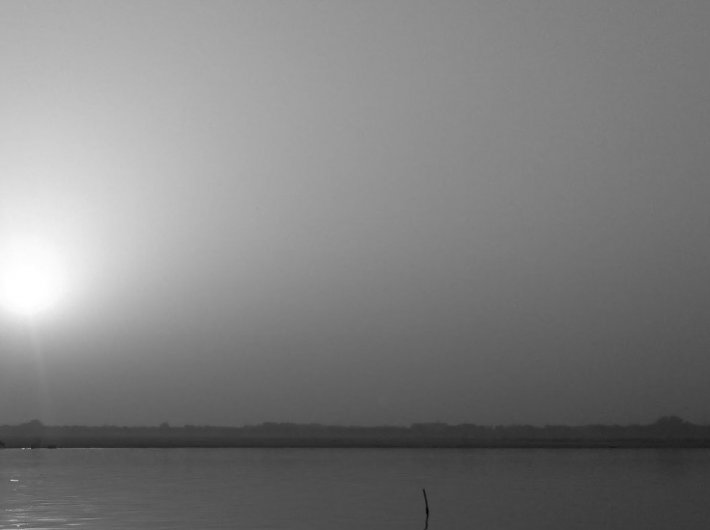A steep rise has been recorded over the past three years in pre-monsoon surface air temperature, land surface temperature and relative humidity in Delhi/NCR, whereas there is no such increase in relative humidity.
This is a cause of concern, Dr Jitendra Singh, minister of state (independent charge), science and technology as well as of earth sciences, told the Rajya Sabha last week.
In a statement laid on the table of the House said, he provided the figures from the Safdarjung station. In 2020, the average pre-monsoon maximum temperature was 34.4 degree Celsius, which rose to 36.0 and 37.9 in 2021 and 2022, respectively. Also, the average pre-monsoon minimum temperatures were 20.7043, 21.35484 and 21.96667 for these three years.
Several studies have been carried out on the pre-monsoon temperature pattern of Delhi and the likely causes. Urbanisation is one of main causes that can influence the changes in temperature pattern within the city and form heat islands. This is reflected by the trends of difference in annual mean minimum temperature of the two stations of which one (Safdarjung) is within the city and the other is in the outer periphery in Delhi NCR (Palam).
A recent article published in ‘Nature’ describes the reason for India’s prolonged spell of heat wave experienced during pre-monsoon season 2022. The causes were mentioned as the absence of rainfall and convective activities for a long period, absence of Western Disturbances and the subsidence of warm and dry air in lower and middle tropospheic levels over North Arabian Sea and adjoining South Pakistan and Gujarat.
It is mentioned that heat wave is one of the severe weather phenomena for which IMD issues early warning. In the country, appreciable rise in maximum temperatures as well as heat waves are found to be more in the months of April, May and June. As an initiative, the IMD is issuing Seasonal Outlook for temperatures for these three months in the last week of March for planning purpose. This outlook brings out the expected scenario of heat waves also during the period. The seasonal outlook is followed by Extended Range Outlook issued on every Thursday for next two weeks. In addition to this, the forecast and the colour-coded warnings for severe weather including heat wave warning over Delhi is issued on daily basis for next five days with outlook for another two days.
The IMD has started the Forecast Demonstration Project (FDP) on heat waves for the hot weather season under which a detailed daily report including realised data of heat waves, weather systems leading to the occurrence of heat waves, diagnosis on the basis of Numerical Model outputs and forecast and warnings for five days is prepared. This bulletin is disseminated to all concerned including health departments.
The IMD started issuing an additional bulletin on heat wave in the morning (8 a.m.) valid for 24 hours for supporting the planning of activities for the day and this bulletin is also disseminated to all concerned. All these bulletins are posted to IMD website also, on a special page created for heat waves.
As an adaptive measure, the IMD in collaboration with local health departments have started heat action plan in many parts of the country to forewarn about the heat waves and also advising action to be taken during such occasions. NDMA and IMD are working with 23 states prone to high temperatures leading to heat-wave conditions to develop heat action plans.
